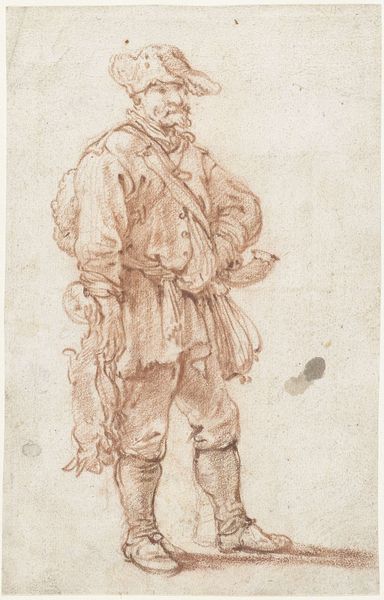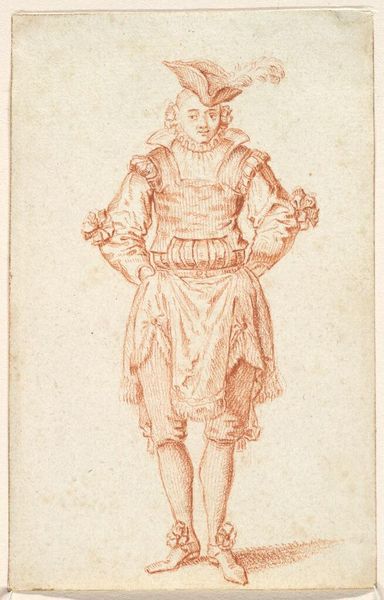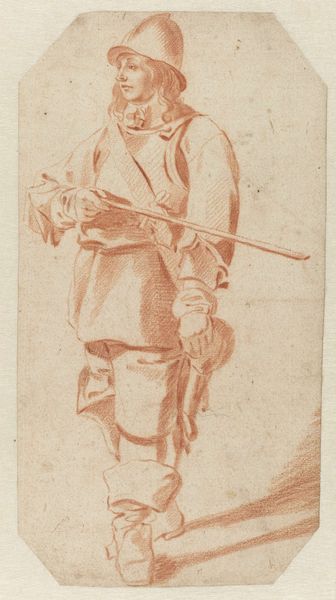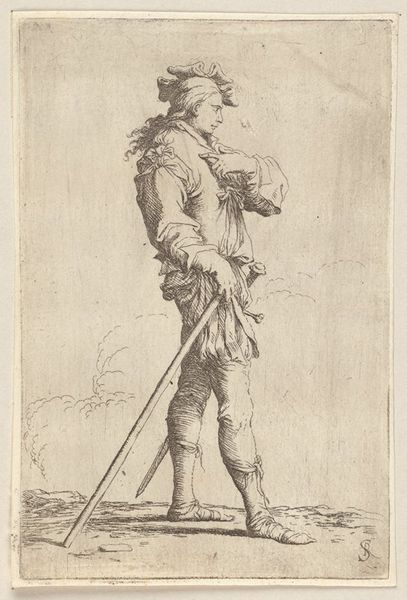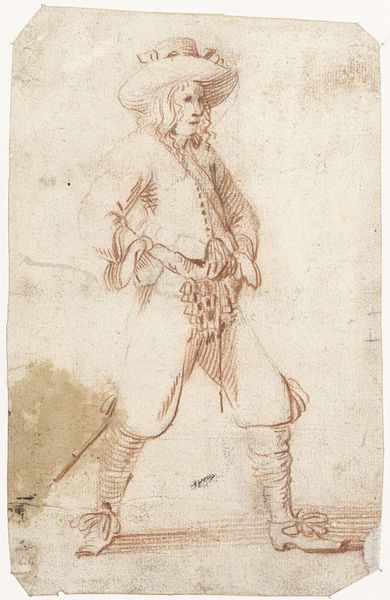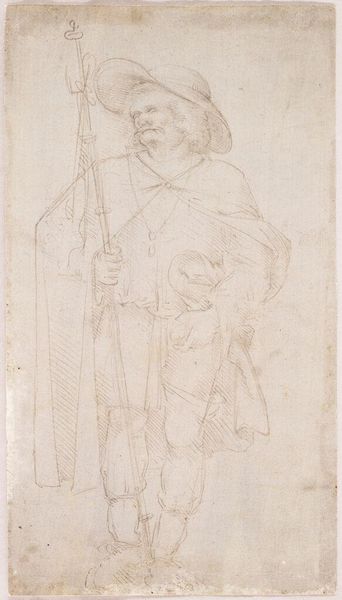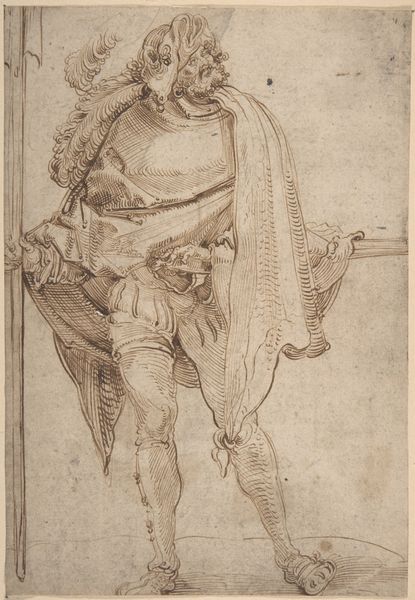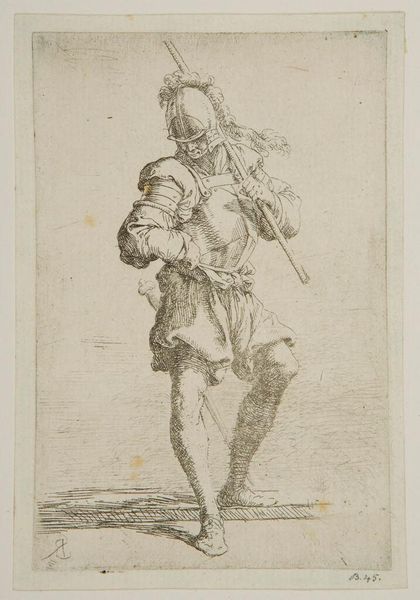
Study (recto); Draped, Seated Female Figure (verso) n.d.
0:00
0:00
drawing, print, paper, chalk, black-chalk
#
portrait
#
drawing
# print
#
paper
#
chalk
#
academic-art
#
black-chalk
Dimensions: 345 × 233 mm
Copyright: Public Domain
Editor: Here we have "Study (recto); Draped, Seated Female Figure (verso)" by Bernardino Poccetti, date unknown. It's a drawing done with black chalk on paper. I'm struck by the sketch-like quality, especially the way the figure is built up with these rapid, layered lines. What can you tell me about this piece? Curator: It's crucial to examine the material conditions of its production. The black chalk, readily available and relatively inexpensive, points to its function as a preparatory study rather than a finished work intended for display or sale. The artist uses strokes to give volume and movement, revealing the labor involved in exploring form and testing ideas. The paper itself, likely chosen for its absorbency, played a crucial role in achieving the desired texture and tonal range. Editor: So the materials chosen reflect its purpose as a study? Curator: Precisely. Think about the social context, too. During Poccetti’s time, the ready availability of chalk and paper facilitated an expansion of artistic training and a rising demand for visual imagery, though not all art was accessible. Who had access to paper? Whose stories are recorded and practiced? Editor: That’s interesting! So, we need to also question the implications for accessibility and visibility. I see what you mean – looking at art from the viewpoint of process and material really gives a different understanding. Curator: Indeed. Analyzing the relationship between labor, the means of production, and social structures offers valuable perspectives that are missed through more traditional aesthetic judgments. We consider also consumption, production and reproduction. How are Poccetti's skills acquired? What is the economy that funds these skills? Editor: This has completely changed how I'll look at drawings going forward. Thanks so much.
Comments
No comments
Be the first to comment and join the conversation on the ultimate creative platform.

